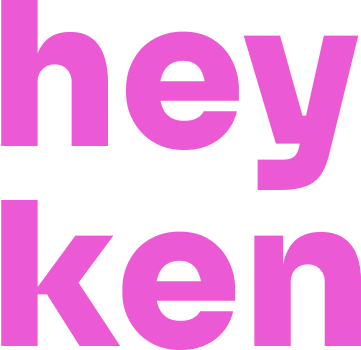Next
Redesigning how New York residents donate clothes.
New York City may be the city that never sleeps, but it is also the city that produces 1.4 billion pounds of textile waste each year. Next was designed to create an easier experience for NYC residents to donate clothes, thus helping eliminate textile waste.
Tools used: Sketch, InVision, Miro
USER RESEARCH
Secondary research
On average, NYC residents throw away 46lbs of textile waste each year.
There are over 1,000 textile donation and recycling drop-off centers in NYC.
Currently, one in every 125 people in New York is homeless. Meaning there is a large population of people who could benefit from clothing donations.
I identified five potential users through a screener survey to interview, to gain a better understanding of their experience, pain points, wants/needs and goals when it comes to donating clothes.
Key research takeaways: Users need convenience, speed, and a mobile friendly solution.
DEVELOPING USER PERSONA AND JOURNEY
From my user interviews, I learned that people are most likely to donate clothes when they are moving and then created a user persona and journey map. I was able to pinpoint key areas that I wanted to improve upon and developed my How Might We? Questions.
How Might We? Questions (Presented in MVP order)
The below numbers are correlated with the numbers on Mark’s journey map.
How might we make it easier for people to find a place to donate clothes?
How might we make the journey of getting the clothes to a donation center easier? and faster?
How might we make them feel better about the process after doing something good?










